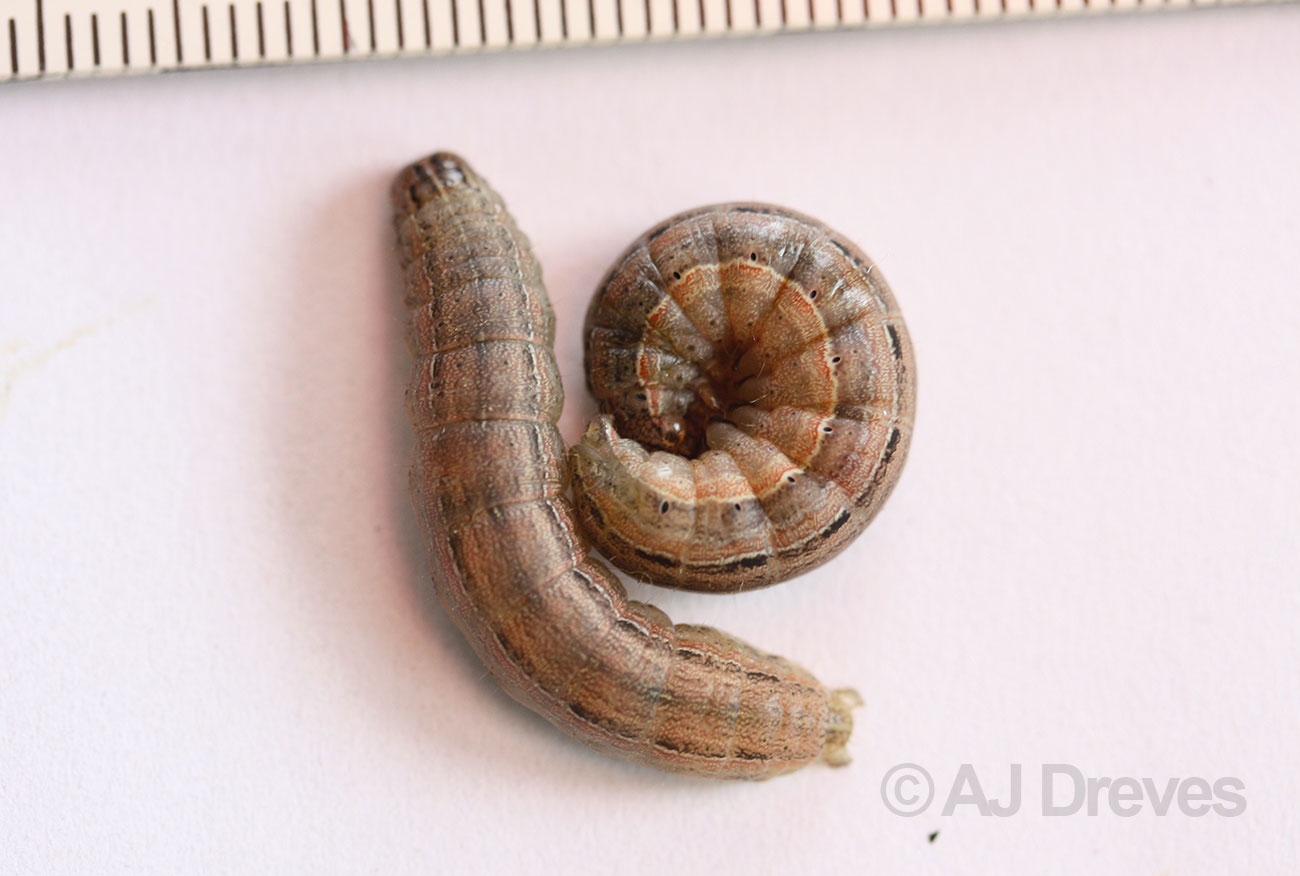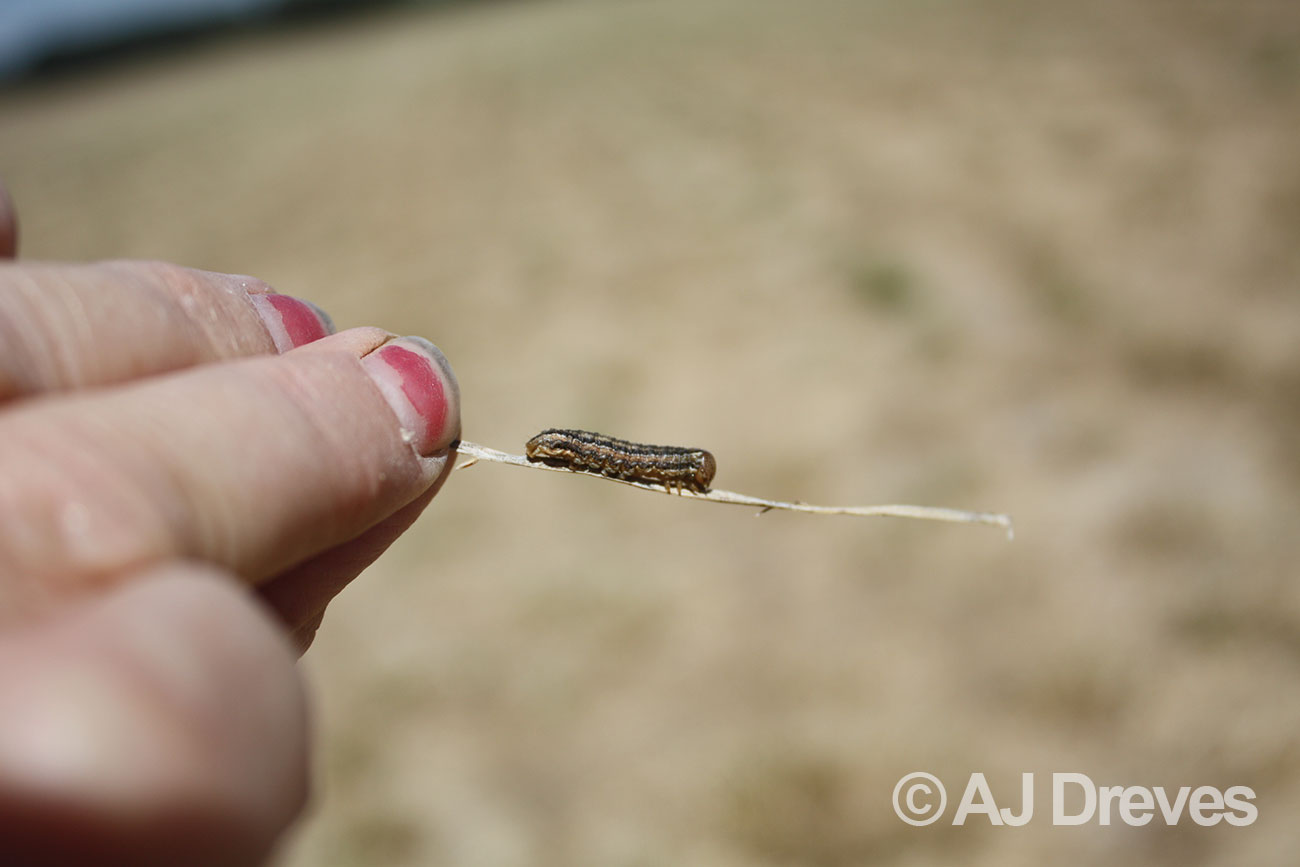Slugs are often mistaken for damage by the following soil organisms. Slug damage can be distinguished by the presence of slime trails on damaged plants, as well as on the soil surface.
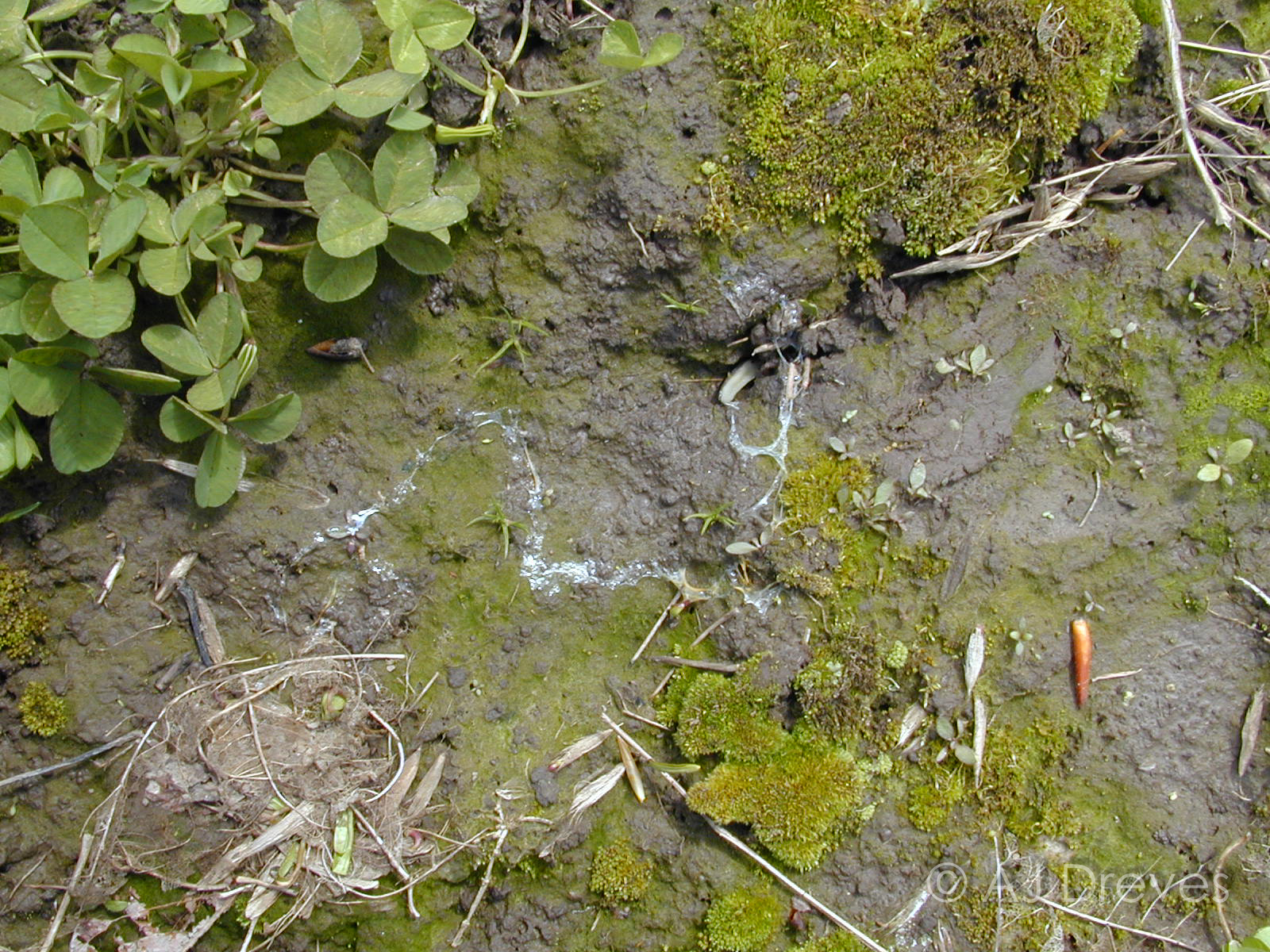
Geese: Geese are responsible for a lot of damage to crops.

Cutworms (black, winter, glassy) and True Armyworm: Cutworms cut plants right at the base where they emerge from ground in a similar way as slugs. Most armyworms move in en masse and can defoliate grasses.

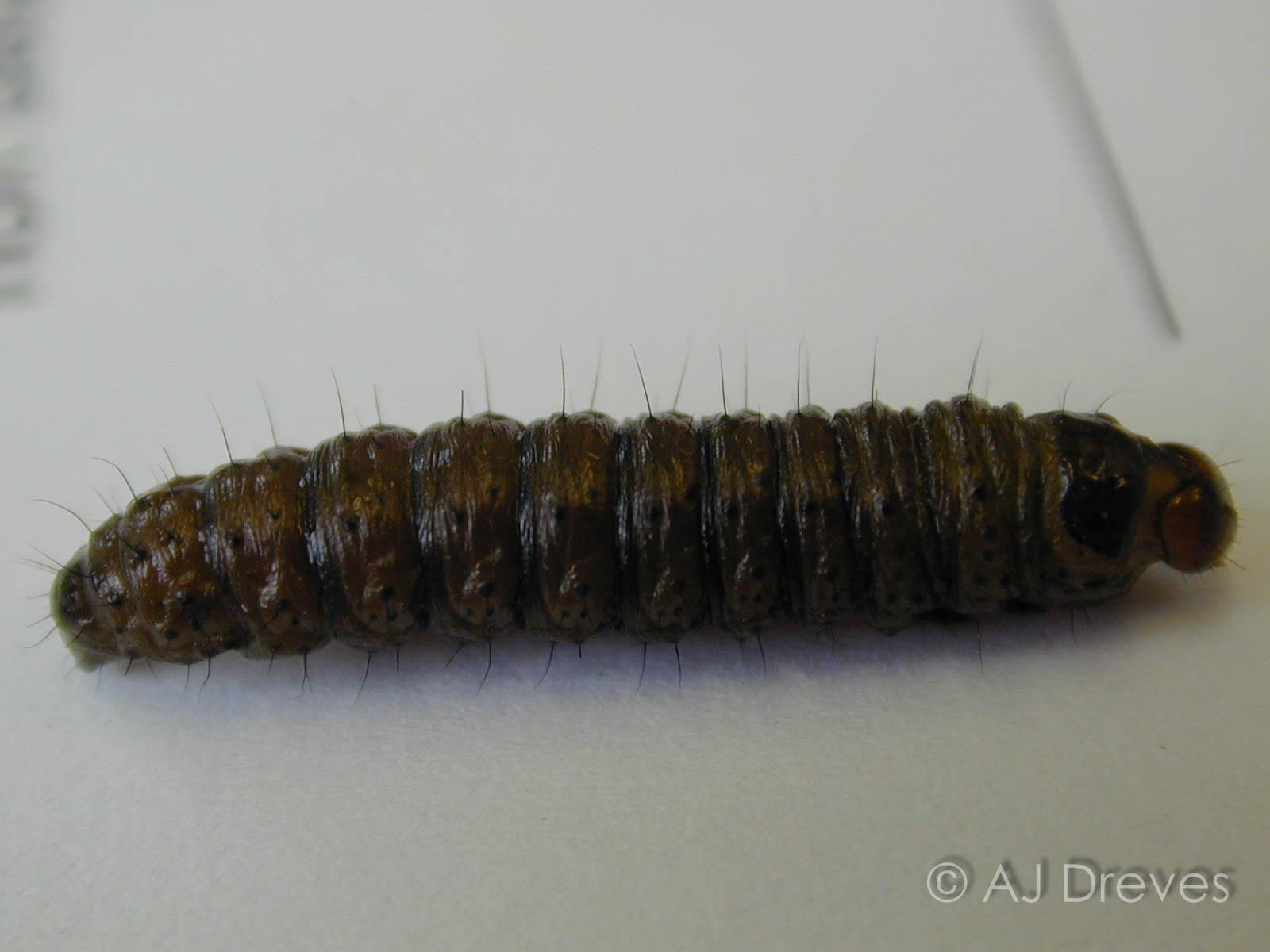
Cucumber Beetle, Wireworms (click beetle larvae), Black Cutworm, European Crane fly larvae, and Billbug larvae
Cucumber beetles leave holes in clover like a slug would. Billbugs and Crane fly larvae will eat through the roots and the crown of a plant in a similar way to slugs.


Millipedes: They all have the ability to feed on seedlings, seed, cotyledons.
Grasshoppers will defoliate and clip off grass blades as they move through a field.
While sampling, you may come across various other soil organisms. Here are some examples of these:
Here is an Earthworm (left: healthy, right: sick) also known as a Nightcrawler.
Some creatures (salamanders and snakes): You may see these in the field that feed on slugs.


You may see the soldier beetle (left) on wheat out there, but it does not damage crops however it does eat aphids.
Springtails (Collembola) feeding on slug bait (middle) and the predatory centipede (right).
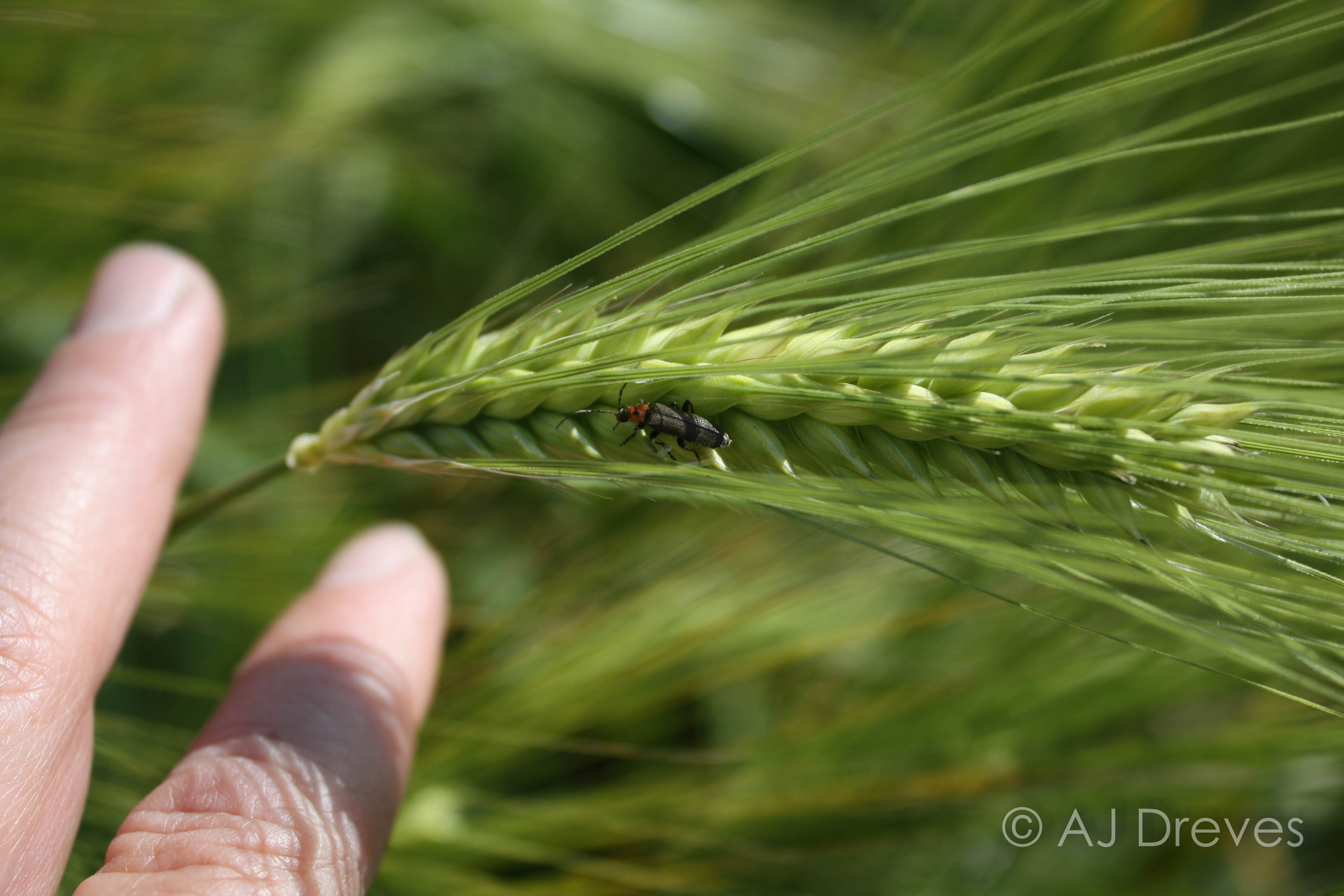
Several invertebrates (beetles, centipedes sowbugs, springtails, and nightcrawlers) can contribute to the breakdown of slug bait by exposing the inner sufaces to the environment.




